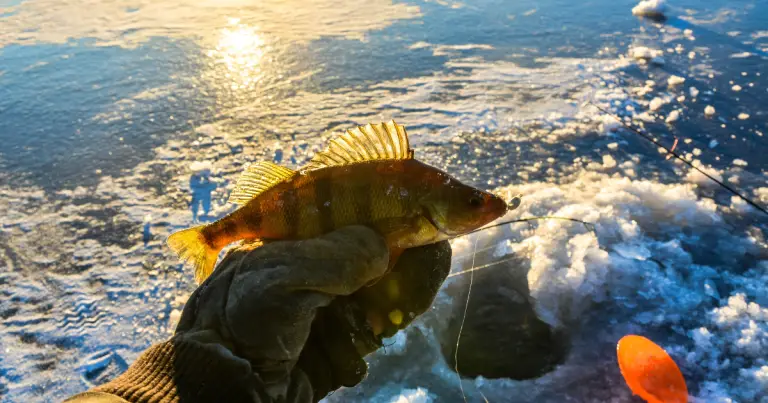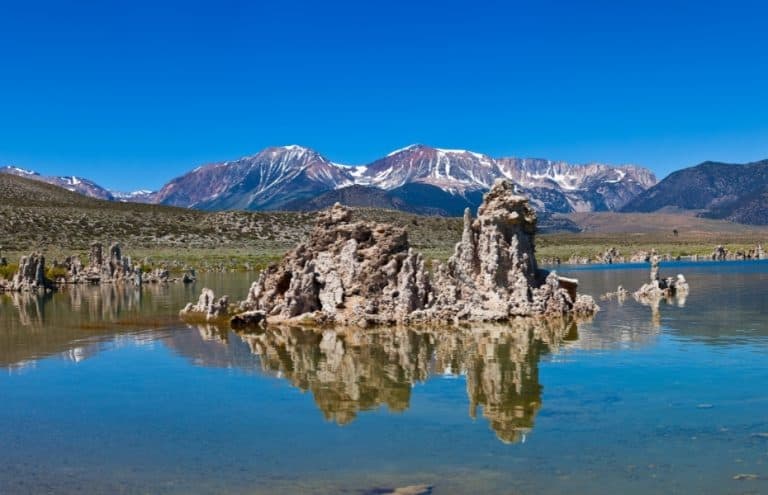This post contains affiliate links. If you click and purchase, we may earn a small referral fee at no extra cost to you. Read our full disclosure.
Residents of seven Western states – Arizona, California, Colorado, Nevada, New Mexico, Utah and Wyoming – depend on the Colorado River for survival.
The river is the life-sustaining force for irrigation, drinking water, and hydropower for 40 million Americans. The river flows 1,450 miles from the western slope of the Rocky Mountains in Colorado, through the Grand Canyon, to the Gulf of Mexico between Baja California and mainland Mexico. However, due to large irrigation diversions along this route, the water no longer consistently reaches its destination.
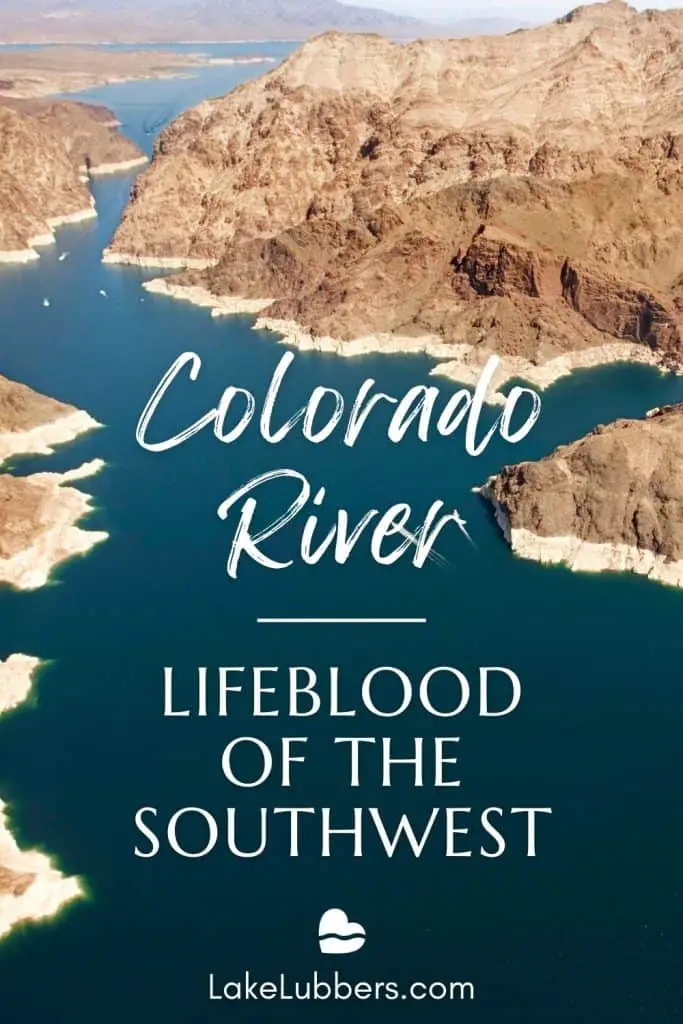
Dams built along the Colorado River created magnificent lakes for our recreational pleasure: Glen Canyon Dam created Lake Powell, Hoover Dam created Lake Mead, Parker Dam created Lake Havasu, and the Davis Dam created Lake Mohave. Horseshoe Bend is the famous horseshoe-shaped meander of the Colorado River downstream of Lake Powell.
These lakes provide year-round opportunities for all types of boating, fishing, scuba diving, water skiing, hiking, and camping. National recreation areas, national forests, national parks, and state parks surrounding these lakes preserve precious natural resources.
Lake Mead and Lake Powell store 80 percent of the water for the entire Colorado River Basin. However, two decades of drought has left Lake Powell at 31 percent of capacity and Lake Mead at 36 percent of capacity. In addition to sustained drought, the Colorado River is oversubscribed: water diversions, primarily for irrigation, exceed inflows from tributaries.
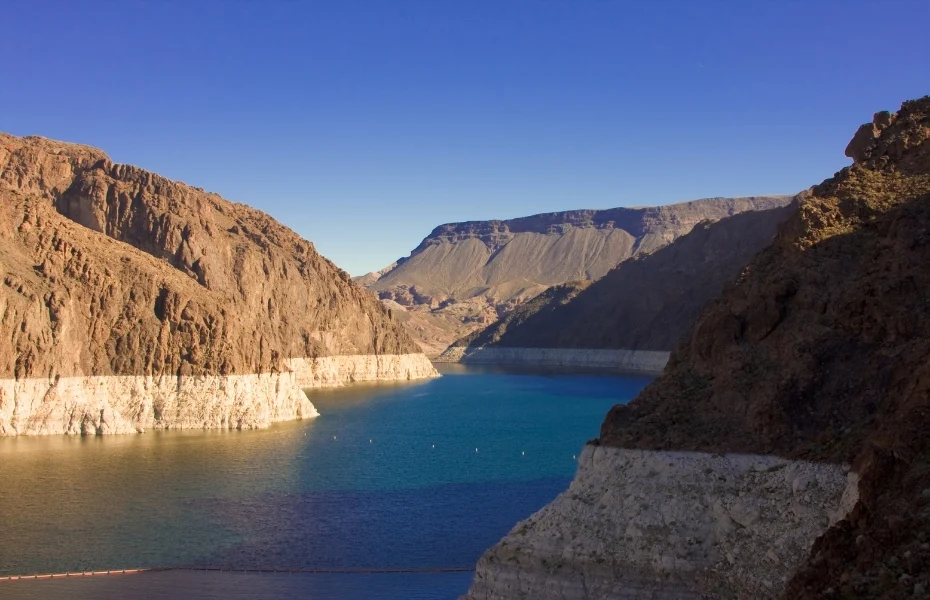
The inflow/outflow deficit of the Colorado River is not sustainable long-term. Heavy mountain snows and spring rains are needed to replenish depleted reservoirs. Higher water rates may be needed to encourage conservation and prevent water shortages.
Alternative power production may be needed to supplement hydropower and prevent power outages. Contact your representatives in government to voice your views on water conservation and long-term energy alternatives to preserve the Colorado River.
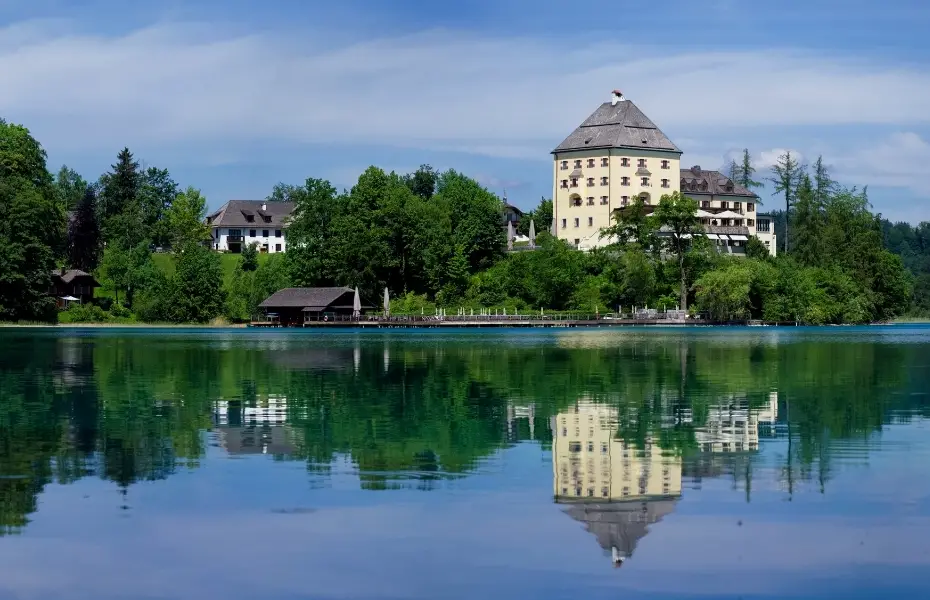
9 Lake Movie Locations You Should Visit in Real Life
Lights, Camera, Action! Do you pay attention to filming locations at the end of a movie’s credits? Film location scouting begins very early in a movie’s creation, bringing to life the visions…

